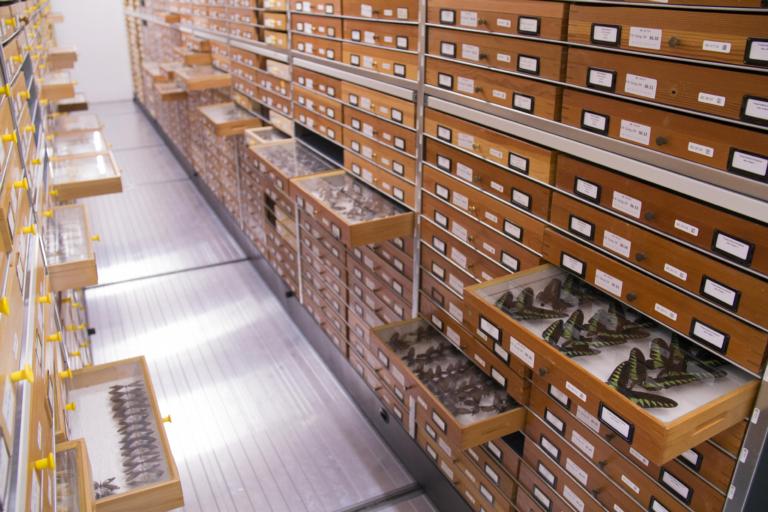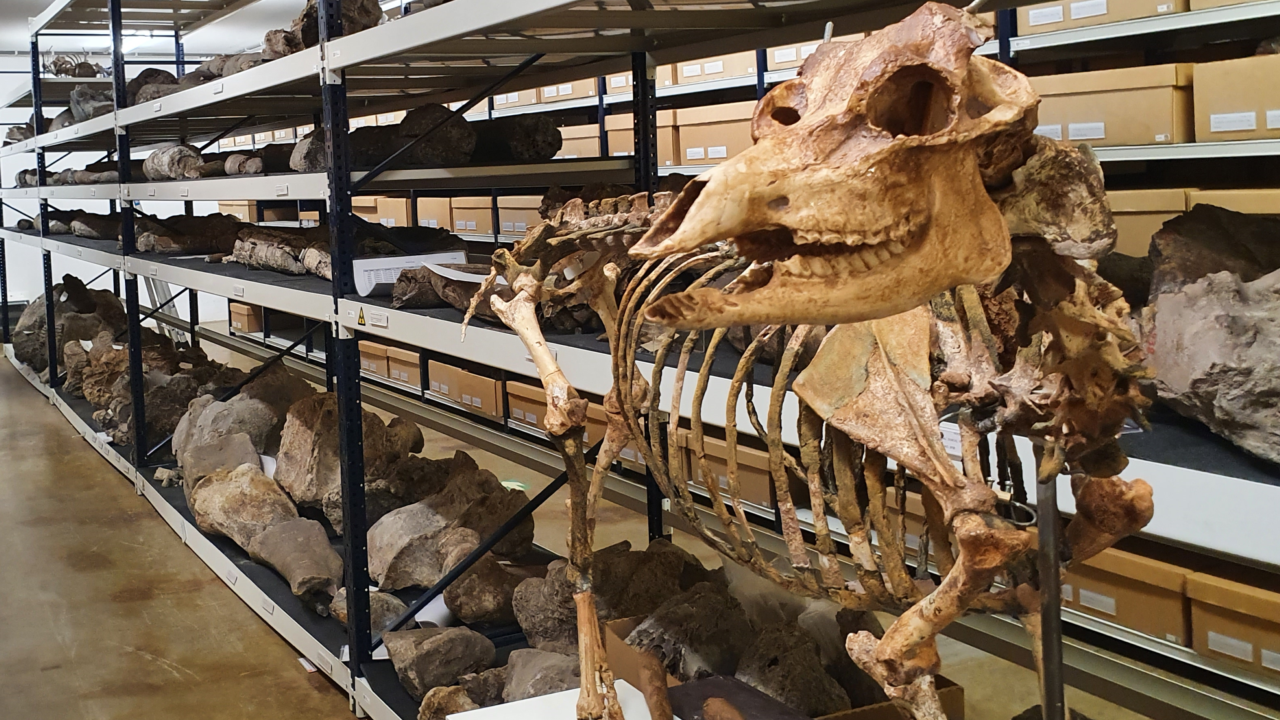
Naturalis manages the natural history collection of the Dutch state. It has been collected over centuries for scientific research, serving as a catalogue of all life on Earth. This enormous public collection, which is open to all scientists, comprises more than 43 million objects, including plants, animals, fungi, and minerals from various regions of the world, from past to present. It is of great value for research in the Netherlands and beyond.
Collectingin the past
With the rise of natural history collecting in the 16th and 17th centuries, and especially with the Age of Enlightenment in the 18th and 19th centuries, interest in animals, plants, and minerals from other parts of the world grew significantly. Biologists seized every opportunity to sail to distant lands to collect natural history objects.
This led to the creation of increasingly large scientific collections, both in the Netherlands and in other countries. Dutch researchers often took advantage of travel to colonies in 'the East' and later also to 'the West' by sailing on Dutch ships. Naturalis is aware of the history of its collections and the colonial context in which they were collected. The circumstances were rarely based on equality, were voluntary, or lawful.
Research into the colonial past
Addressing the colonial past and redressing injustice is of great importance. It is therefore right that provenance research is conducted on objects in Dutch museums that are of significance to their countries of origin. This research can determine whether these objects were stolen or illicitly acquired under duress in the past. Since the collections of State Museums are the property of the Dutch State, these museums do not decide on transfers themselves. An independent committee advises the minister based on the provenance research that museums are required to conduct. Naturalis is pleased to cooperate with this kind of research and also conducts its own.
The Dubois Collectionof Naturalis
On September 26, 2025, the Dutch government announced that the so-called Dubois fossils, including the famous skullcap of the first discovered Homo erectus, will be returned to Indonesia. Naturalis will carry out the transfer. The first specimens were returned December 17 of that year. Read more
